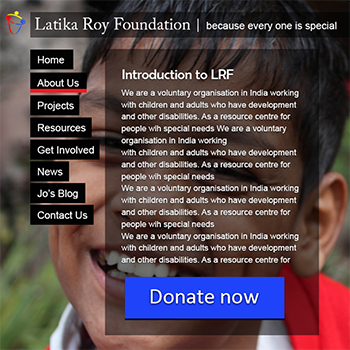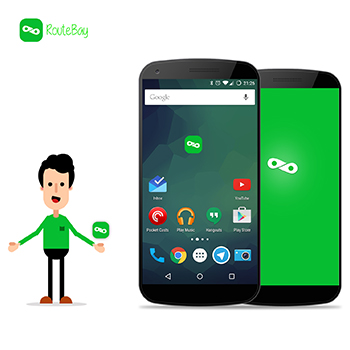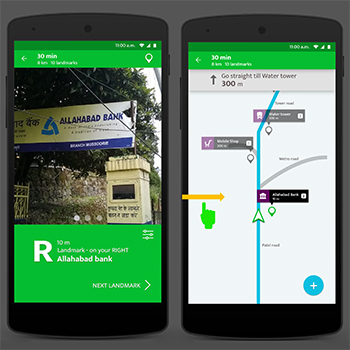As of January 22, 2013, there were 228,994,454 students enrolled in recognised schools in India, and it is believed that 15% of the total enrolled students are dyslexics, which brings our count of dyslexic Indian children to nearly 35 million. Dyslexia is the most common type of learning disability that affects one in every five children and creates major difficulties in learning to read, spell, and write correctly. Struggle in distinguishing alphabets, words, and learning the connections between written letter patterns and their sounds leads to poor reading and learning at school. Such children try to avoid school time and any confrontation that involves reading. They are labelled as ‘dumb‘ or ‘stupid’ when they actually have average or above-average IQs, and some are even gifted.
The social stigma of a learning disability often prevents parents from seeking appropriate remedies for children with dyslexia that can actually help their children. Struggling to keep up with the progress of the class, such children are labelled as slow learners or dumb. This is where the first strike of dyslexia starts having a major negative impact that continues to unfold for a long time. Such children are promoted without special attention until their first public exam, in the 10th grade, and the issues start snowballing. This is especially troubling as early childhood and primary education are crucial to long-term success. A properly directed education for such children in these early years helps build foundational skills to cope with the difficulties that affect the rest of their learning and lives.
Here I have attempted to deal with these learning issues considering the barriers the child has due to low confidence and direct instruction-based teaching at school. I have put together a system to develop interactive applications that direct focus on the phonological deficit in dyslexics. I have followed the approach to building letter-sound relationships through engagement and positive reinforcement.
Key insights were derived from long interviews and sessions with educators, children, and psychologists at multiple locations in Mumbai as a part of extensive user studies.






